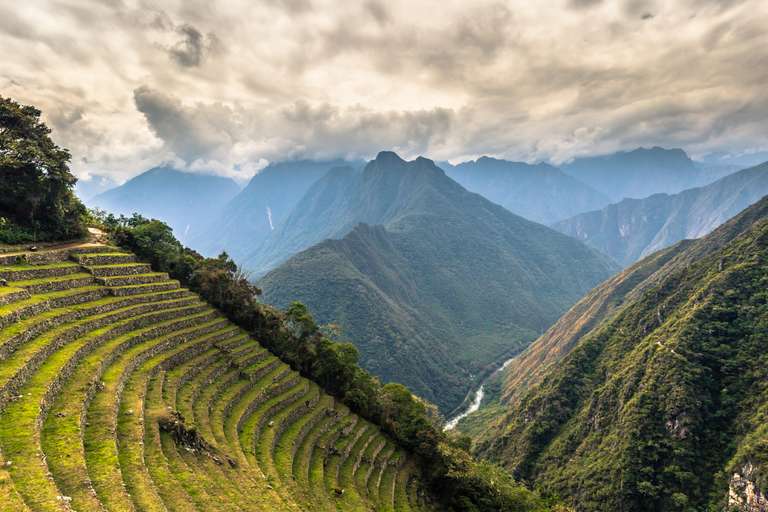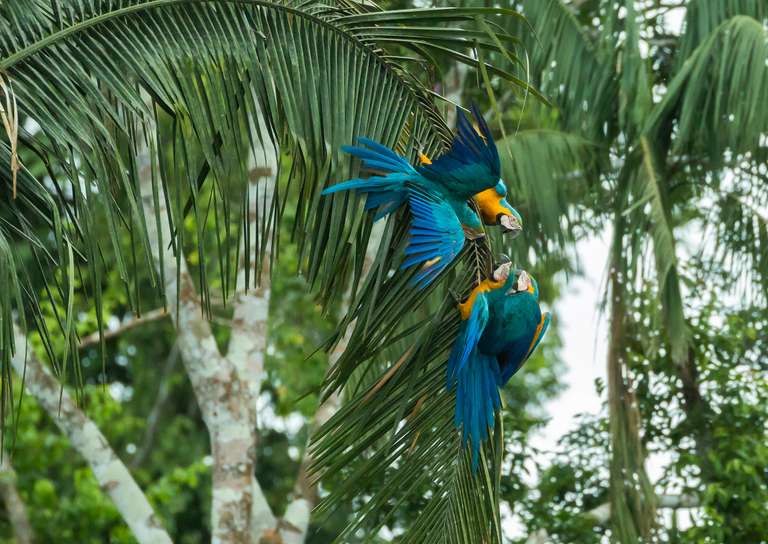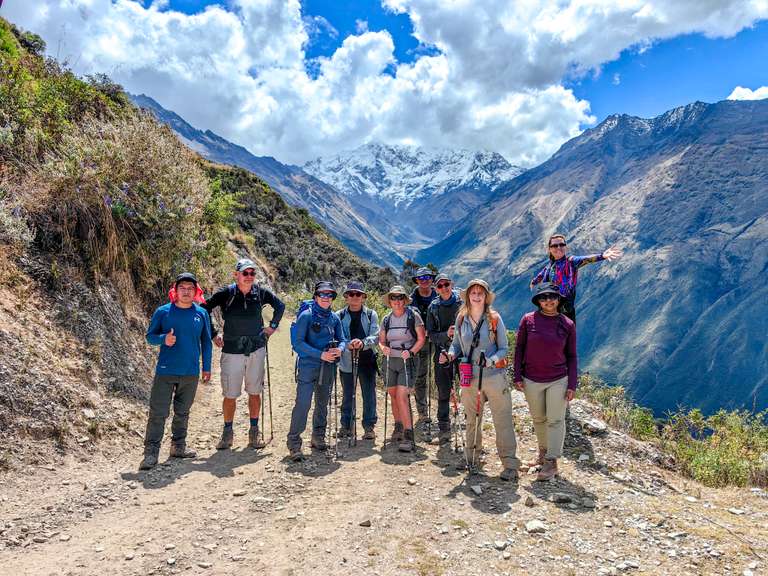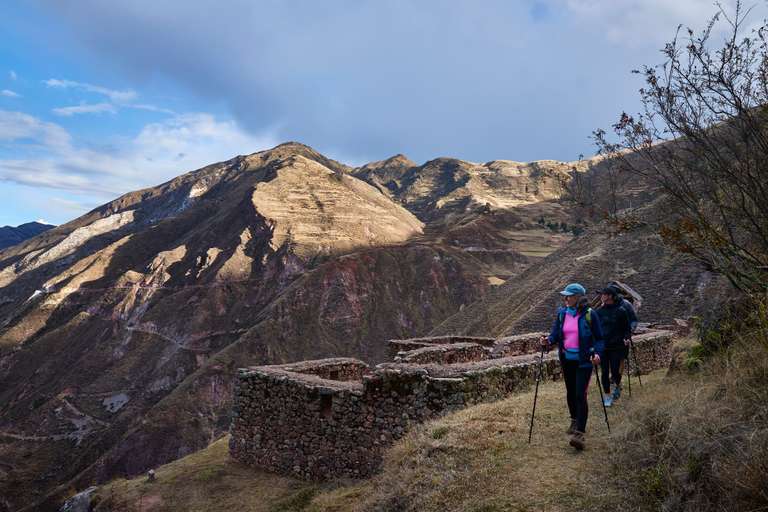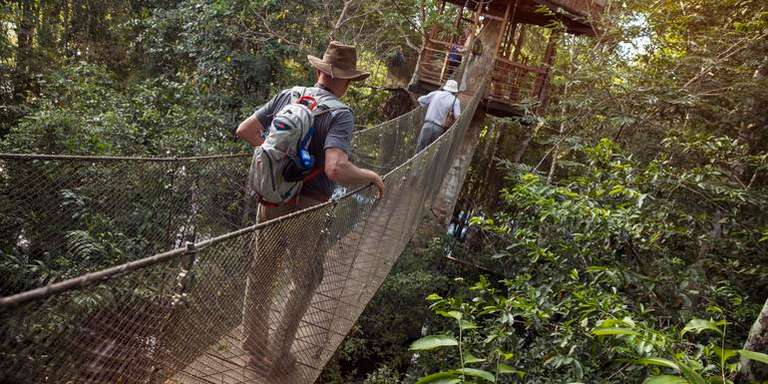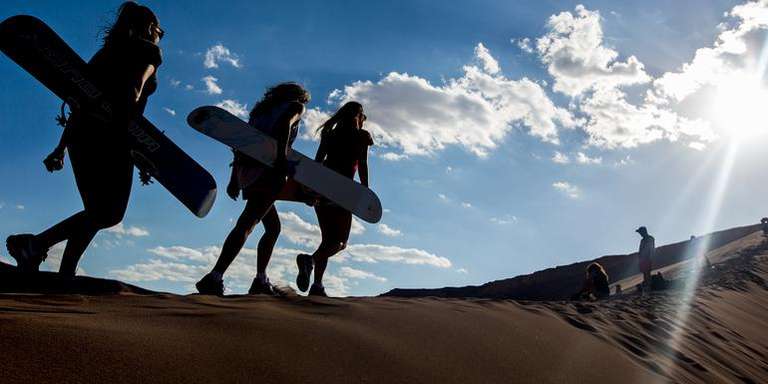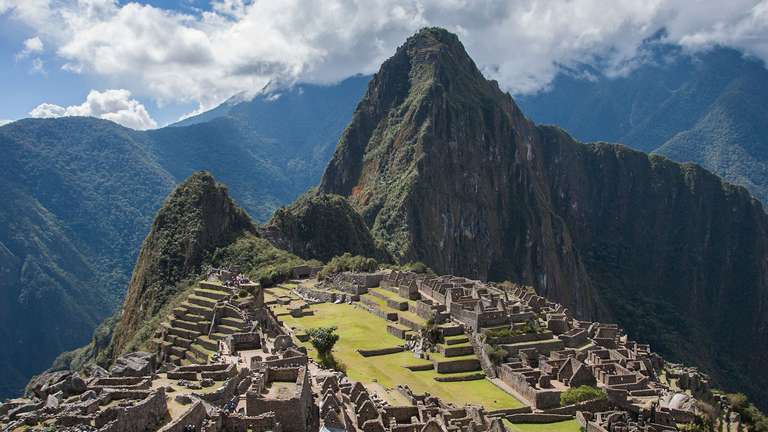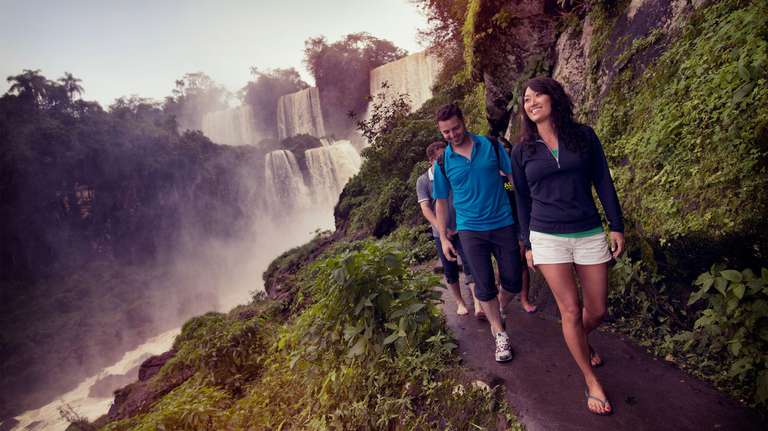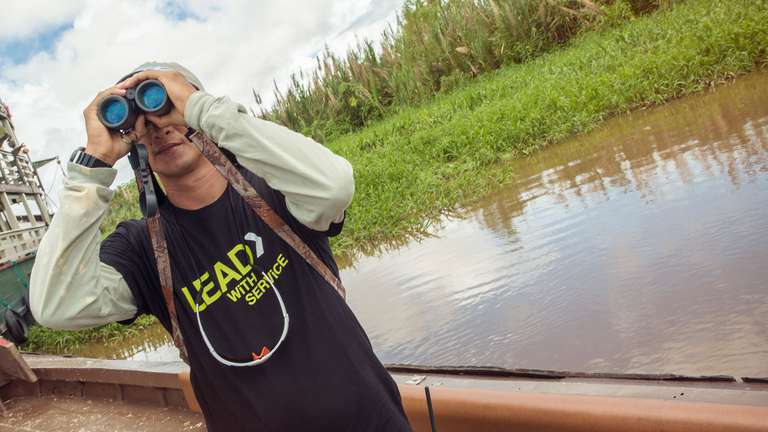The Quarry Trail to Machu Picchu

- Julie Goodman
- From
- Julie Goodman
- From
- Doug Iverson
- From USA
- Angelo V
- From
Overview
The Quarry Trail is not the most difficult alternative to the Inca Trail but some would claim the scenery is even more spectacular than on the classic Peruvian trek. The walk takes in several sets of Inca ruins, including irrigation works, the Sun Gate and, of course, the Inca quarry for which the trek is named. The route also crosses two high passes, the Pucaqasa Pass (4,370 m), and the Kuychicassa Pass (4,450 m), both of which are higher than the infamous Dead Woman’s Pass (4,212 m), the highest point on the Inca Trail. The trek does not actually finish at Machu Picchu but almost every version includes spending the final night at Aguas Calientes followed by a visit to the world-famous ruins the next morning before the return journey to Cusco.
Highlights
- Lesser known trail with few visitors, providing an authentic trekking experience
- See seldom-visited Inca ruins
- Particularly beautiful Andean vistas
- Views of majestic Veronica mountain in the Urubamba mountain range
- Visit Machu Picchu on final day
Lowlights
- You don’t actually arrive at Machu Picchu on foot
- High altitude means nights are often cold and there is a risk of altitude sickness

Quarry Trail Facts
| Trek difficulty: | Moderate. Only two high passes but most of the trek is above 3,500 m. |
| Trek duration: | 4 days. 3 days of trekking plus a visit to Machu Picchu on day 4. |
| Remoteness: | Remote. Few settlements and minimal infrastructure. |
| Starting altitude: | 2,900 m (at Rafca) |
| Maximum altitude: | 4,450 m while crossing the Kuychicassa Pass |
| Accommodation type: | Camping with the final night in a hotel in Aguas Calientes |
| Best season: | April–October since this is the dry season. Temperatures are at their coldest but this is when rainfall is at its minimum. |
| Start / end locations: | Rafca–Ollantaytambo / Aguas Calientes |
| Permits required: | No permit required |
| Physical fitness: | This is not a difficult trek but nevertheless requires a good level of physical fitness. The trail crosses two high passes and most of the trek is above 3,500 m meaning it is harder to breathe, easier to tire and there is a risk of altitude sickness. Proper acclimatization before attempting the trek is essential. |
The Quarry Trail Itinerary
Different itineraries of the Quarry Trail exist but most take in Socma village, the Perolniyoc Cascade and Corimarca ruins, the Pucaqasa and Kuychicassa Passes, Inti Punku (the Sun Gate) and the Cachicata quarry. The trek takes three days and the fourth day involves a visit to Machu Picchu. A typical itinerary is as follows:
Day 1: Cusco – Rafca (by car), Rafca – Rayanniyuq
The first day starts with a drive from Cusco to the trailhead at Rafca (2,900 m). From there, the first leg of the trek is to the village of Socma (3,000 m), although some groups go as far as Socma by car. The rest of the day is spent walking to the Perolniyoc Cascade viewpoint and the nearby Corimarca ruins. Camp is at Rayanniyuq (3,600 m).
Day 2: Rayanniyuq – Choquetacarpo
The second day is the hardest and involves crossing two high passes but is also the most rewarding. The first leg involves crossing the Pucaqasa Pass (4,370 m), which offers some of the best views on the trek. Following this, trekkers cross the Kuychicassa Pass (4,450 m), the highest point of the trail. From here, it is downhill as far as Inti Punku, the Sun Gate (not the same Sun Gate as the one at Machu Picchu), from where trekkers can see the snow-capped Veronica mountain in the distance. After this, the trail continues to the second camp at Choquetacarpo (3,600 m).
Day 3: Choquetacarpo – Ollantaytambo, Ollantaytambo – Aguas Calientes (by train)
On the third day, trekkers continue to descend as far as the Cachicata quarry, for which the trail is named. This is the remains of an ancient Inca quarry that was never completed due to the Spanish conquest. From here the trail continues to Ollantaytambo where the trek finishes. From there, participants take the train to Aguas Calientes (Machu Picchu Pueblo) where they stay in a hotel.
Day 4: Visit Machu Picchu, return to Cusco
In the morning, participants visit Machu Picchu before being taken back to Cusco.


Alternative itineraries
Other routes are possible. An example could be as follows:
- Day one: Cusco – Rafca (car), Rafca – Corimarca/Rayanniyuq
- Day two: Corimarca/Rayanniyuq - Charcahuaylla Pass – Chancachuco Pass - Q’euñacancha
- Day three: Q’euñacancha – Cachicata quarry – Ollantaytambo – Aguas Calientes (by train)
- Day four: Visit Machu Picchu, return to Cusco
Other alternative treks to the classic Inca Trail are also possible, including the Salkantay Trek, the Choquequirao Trek, the Lares Trek, the Vilcabamba Trek and the Ausangate Trek. None of these arrives in Machu Picchu but participants can stay in Aguas Calientes on the final night and visit Machu Picchu before returning to Cusco.

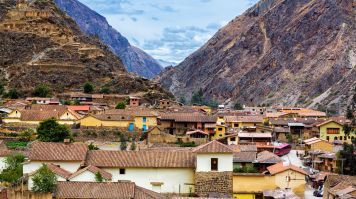
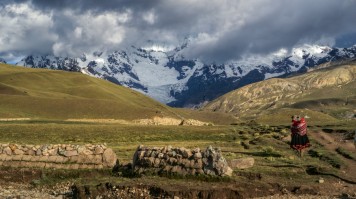
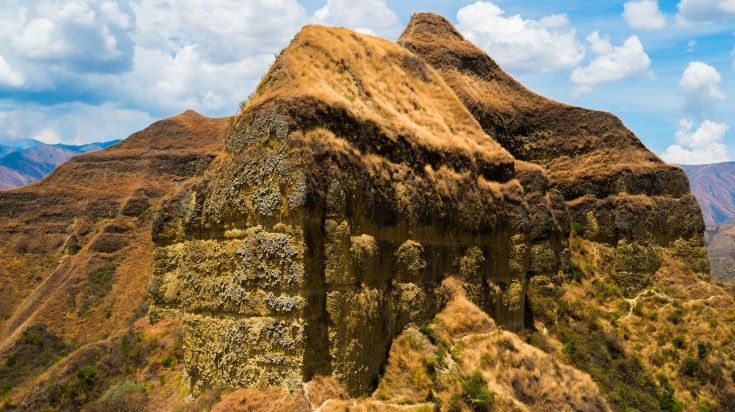
Good to know
- If you hope to climb Huayna Picchu, the peak above Machu Picchu, you should book well in advance since permits are limited to 400 per day.
- Tipping of guides and porters is not obligatory but is customary and is greatly appreciated. Porters, in particular, are generally not well-paid and tips help supplement their income.
- It is recommended to carry sunscreen and insect repellent on the trek. UV can be intense at high altitudes and biting insects can be a problem on the trail.
For those looking for an alternative to the Inca Trail, either because they failed to secure a permit for the classic trek or simply because they want to try something less common and more authentic, there are plenty of worthwhile options to consider. For someone who desires a highly original experience on a trail few people have heard of, something that is challenging without being too strenuous, the Quarry Trail in Peru is an intriguing possibility. For most people who attempt it, it is a highlight of their time in the country.


